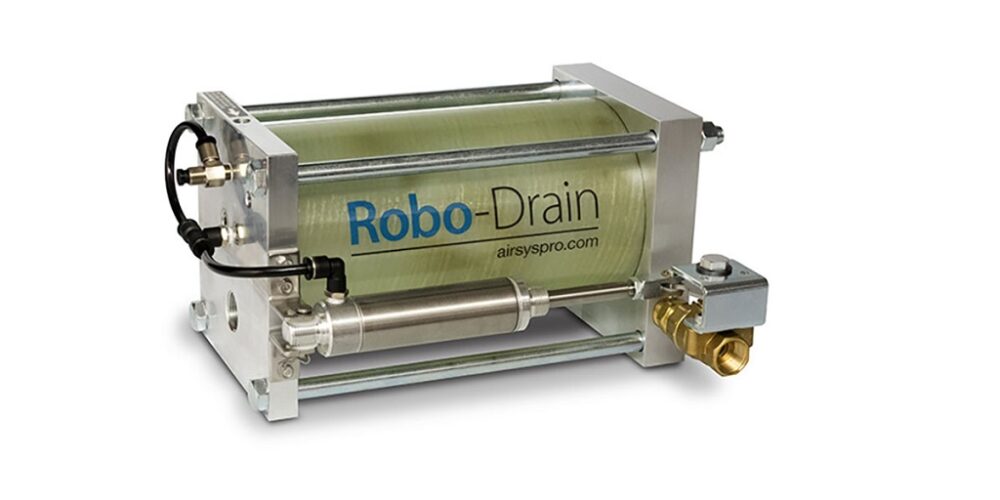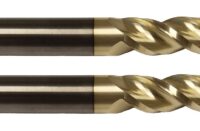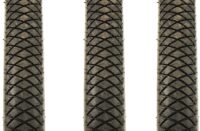Frequently the backbone of many manufacturing and scientific operations, laboratory air dryers perform an essential function, removing water vapor from compressed air.
When the air is compressed and allowed to cool, the water vapor that is present in the ambient air will eventually form droplets of water. Compressed air contaminated with water or dirt is a big nuisance and potential financial burden because it can impede the proper functioning of connected equipment.
Simultaneously, the compression of air generates heat and moisture, both of which are ideal for the development of microbes. Hygiene issues may emerge if the compressed air comes into contact with people, animals, food, or medical equipment.
The Laboratory Air Dryer
A lot of different types of workplaces, like laboratories, are extremely delicate when it comes to water damage. The final product and laboratory equipment are both vulnerable to contamination from moisture.
Frozen pipes, corrosion, and other critical concerns like control system failure or tool impairment are all possible results of water particles in extremely cold conditions. This can lead to monetary and time losses as well as a drop in product quality.
Compressed air generates moisture, which can be eliminated with a laboratory air dryer. It guarantees that the compressed air you use in your laboratory is of the highest quality and contains no moisture that could cause damage.
How Does a Regenerative Laboratory Air Dryer Work?
Most modern laboratory air dryers employ regenerative technology to dehumidify compressed air. The damp air is channeled into one of the two desiccant chambers, which then removes almost all of the water vapor from the air.
A tiny percentage of the gas that exits the laboratory air dryer is sent back via the off-line desiccant chamber so that the latter can be dried off of the moisture that has gathered in it. Each chamber undergoes a turn in the drying cycle at regular intervals.
Cost Examination of Laboratory Regenerative Compressed Air Dryers
Regenerative desiccant dryers are the sole option for many labs because of the high standards for air quality they must meet. The initial investment is often the deciding factor when deciding which regenerative dryer to buy.
The money spent on electricity to run the dryer is not factored into the decision-making process. When considering the total cost of ownership, the addition of energy expenses might have a significant impact. The method of desiccant regeneration (purge air, heat, or a mix of the two) has a significant impact on the operational energy requirements of a desiccant dryer.
Is there any way to settle this predicament?
In the oil and gas, refining, petrochemical, engineering and construction, pipeline, telecommunications, electronics, and even laboratory and research facility sectors, Air & Vacuum Process, Inc. has been delivering natural gas and compressed air dehydration solutions for quite a while now.
There is a wide variety of compressed air dryers for your lab available on their website at prices that won’t break the bank without sacrificing quality. Make sure to check out their website right away!












